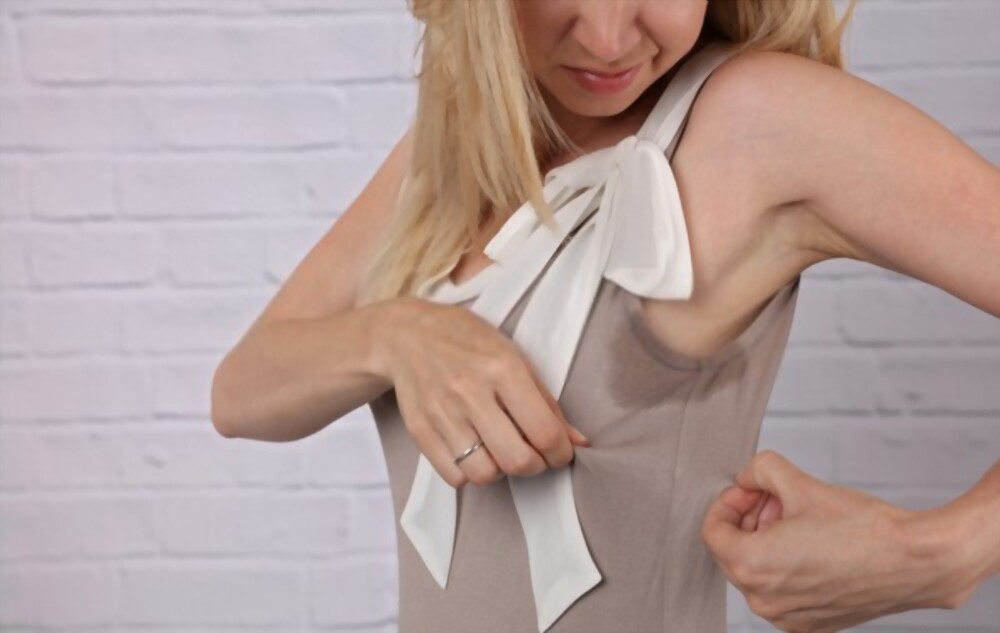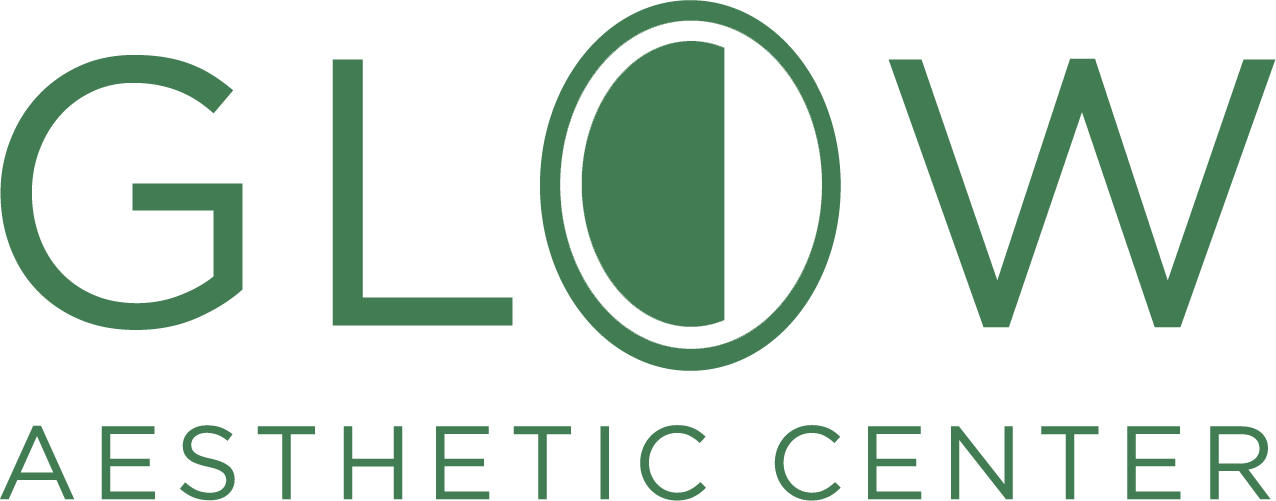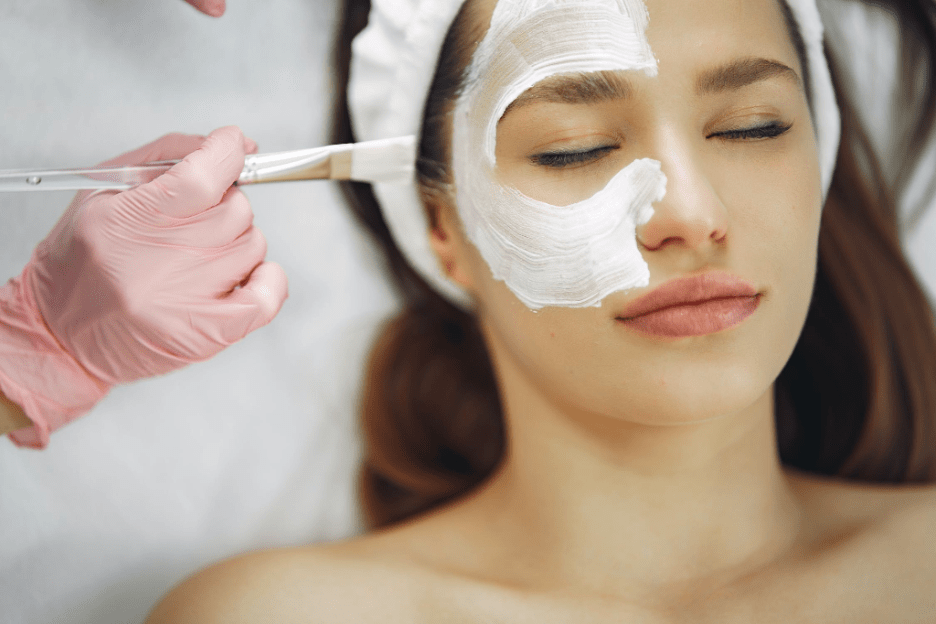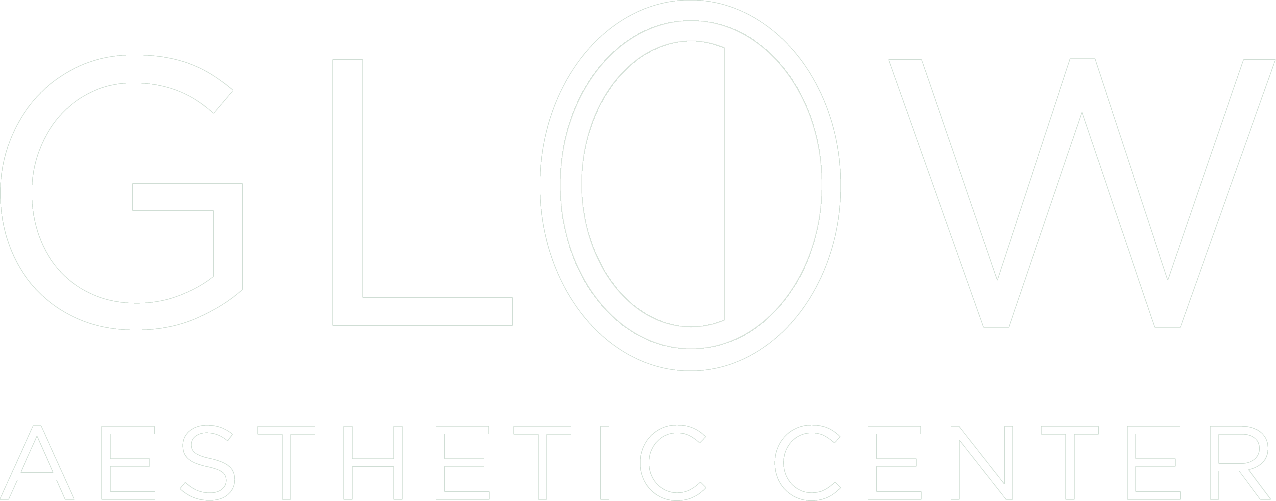Spider veins are one of the most common and frustrating cosmetic concerns for adults—especially women. These fine, thread-like veins may not be dangerous, but their visible appearance on the legs or face can lead to discomfort and a loss of confidence.
At Glow Aesthetic Center, we regularly see patients who are surprised to learn just how many factors can contribute to spider veins and how effective modern treatment options like sclerotherapy can be.
In this blog, we’ll explore what spider veins are, what causes them, and what you can do to reduce your risk or treat them safely and effectively with help from your Glow practitioner.
What Are Spider Veins?
Spider veins are small, damaged blood vessels that appear close to the surface of the skin. They can be red, blue, or purple and often resemble a web-like or tree-branch pattern.
Unlike bulging varicose veins, spider veins are flat and fine. Most people notice them on the legs or face, and while they usually don’t cause pain, they can still be a source of self-consciousness.
Common Causes of Spider Veins
There isn’t a single cause of spider veins—rather, several factors can increase your risk over time. Here’s a closer look at the most common reasons these small veins begin to appear.
1. Aging
As we age, the valves in our veins can weaken. These valves help blood flow in the correct direction, especially in the legs where blood must be pushed back up to the heart. If valves start to fail, blood can pool in the vein, increasing pressure and causing the vessel to stretch or break—eventually becoming visible at the surface.
2. Genetics
If spider veins run in your family, you’re more likely to develop them yourself. In fact, about 50% of people with visible veins have a close relative with the same condition. While you can’t change your genes, being aware of your risk may help you take steps to reduce your chances.
3. Hormonal Changes
Hormones, especially estrogen and progesterone, can weaken vein walls and valves. That’s why spider veins are more common during hormone-heavy life events like puberty, pregnancy, and menopause. Hormonal birth control and hormone replacement therapy can also play a role.
4. Pregnancy
During pregnancy, the body increases blood volume to support the baby. This extra blood puts pressure on the veins, particularly in the lower body. Combined with hormonal changes and added weight, many pregnant people notice spider veins developing—especially on the legs. These often improve after delivery but may not go away completely.
5. Prolonged Sitting or Standing
If your job or lifestyle involves long periods of sitting or standing, your veins have to work harder to keep blood moving upward. This can increase vein pressure over time and lead to spider veins. Even crossing your legs for long periods can restrict blood flow and contribute to the problem.
6. Excess Weight
Carrying extra weight increases pressure on your veins, particularly in the lower body. This added strain can damage vein walls and valves, making it harder for blood to flow efficiently and raising the risk of both spider and varicose veins.
7. Sun Exposure
UV rays don’t just damage the skin—they can also weaken tiny blood vessels just beneath the surface. This is especially true for people with fair skin and often affects the face. Wearing daily sun protection is one of the best ways to prevent facial spider veins.
8. Injury or Trauma
A hard bump, bruise, or prior surgery can sometimes damage blood vessels, leading to the development of visible veins. While this isn’t as common as other causes, it can contribute to spider veins in areas that have experienced trauma.
Where Do Spider Veins Typically Appear?
Spider veins most commonly form on the legs—especially the thighs, calves, and ankles—because of gravity and the challenge of pumping blood upward. However, they can also appear on the face, particularly around the nose, cheeks, and chin.
In some cases, people with spider veins also have reticular veins—these are slightly larger, blue or green feeder veins that sit just beneath the skin. Treating the feeder veins often improves the appearance of surface-level spider veins.
Can You Prevent Spider Veins?
You may not be able to prevent spider veins entirely, especially if you have a genetic risk. But there are steps you can take to support healthy circulation and reduce the chance of developing them:
- Stay active. Movement helps blood flow more efficiently. Walking regularly, even for a few minutes every hour, can make a big difference.
- Avoid sitting or standing for too long. If your job keeps you at a desk or on your feet, try to take regular breaks to stretch or shift your position.
- Maintain a healthy weight. Reducing excess pressure on the legs helps your veins function more effectively.
- Elevate your legs. Putting your feet up at the end of the day helps reduce swelling and pressure.
- Wear compression stockings. These improve circulation and can prevent existing spider veins from worsening.
- Use sunscreen. Daily sun protection helps protect facial blood vessels from UV damage.
Despite your best efforts, some spider veins may still form. When that happens, a professional treatment like sclerotherapy may be your best option.
Treating Spider Veins with Sclerotherapy at Glow Aesthetic Center
At Glow Aesthetic Center in Encino, we offer sclerotherapy—a proven, minimally invasive treatment for uncomplicated spider veins and reticular veins. This treatment uses a medication called Asclera® (polidocanol) to safely close off unwanted veins so they eventually fade from view.
How Sclerotherapy Works:
Your Glow practitioner injects Asclera directly into the affected vein. The medication damages the inner lining of the vein, causing it to collapse and close. Over time, your body naturally reabsorbs the treated vein, and blood is rerouted through healthier vessels.
What to Expect:
Treatment time: Each session lasts 15 to 45 minutes.
Recovery: You’ll wear compression stockings for several days after treatment.
Results: Veins begin to fade over the following weeks. Some people may need 1–2 follow-up sessions for best results.
Satisfaction: Studies show that over 87% of patients were satisfied with their results after Asclera treatment.
Sclerotherapy is safe, effective, and requires no surgery or downtime. Most patients return to their regular activities the same day, with just a few aftercare guidelines to follow.
Why Choose Glow Aesthetic Center?
At Glow, our focus is on delivering personalized, results-driven care in a welcoming, supportive environment. When you book your spider vein treatment with us, you can expect:
- Experienced practitioners trained in advanced injection techniques
- Comfort-focused care with detailed aftercare guidance
- Natural-looking results that match your personal aesthetic goals
- Honest recommendations based on your vein type and skin condition
If you’re ready to feel more confident in your skin, we’re here to help you get there.
Book Your Consultation Today
If you’ve been wondering how to get rid of spider veins or want to stop them before they start, our team at Glow Aesthetic Center is ready to help. Schedule your vein consultation today and take the first step toward clearer, more confident skin.
Spider Veins and Sclerotherapy FAQs
What’s the difference between spider veins and varicose veins?
Spider veins are small, flat, and often look like fine red or blue lines. Varicose veins are larger, deeper, and may bulge or twist beneath the skin.
Is sclerotherapy painful?
Most patients describe it as mildly uncomfortable but not painful. You may feel a slight pinch with each injection. Numbing cream can be used if needed.
How long does it take to see results?
Treated veins may begin to fade within a few weeks, but full results typically develop over several months.
Are there any side effects?
Some swelling, bruising, or itching at the injection site is normal and temporary. Serious side effects are rare when performed by a trained Glow practitioner.
Can spider veins return after treatment?
Treated veins won’t return, but new veins can develop over time. Lifestyle changes and follow-up treatments can help maintain your results.
Who shouldn’t get sclerotherapy?
You should avoid treatment if you’re pregnant, breastfeeding, or have a history of blood clotting disorders. Your Glow practitioner will go over your full health history during your consultation.








